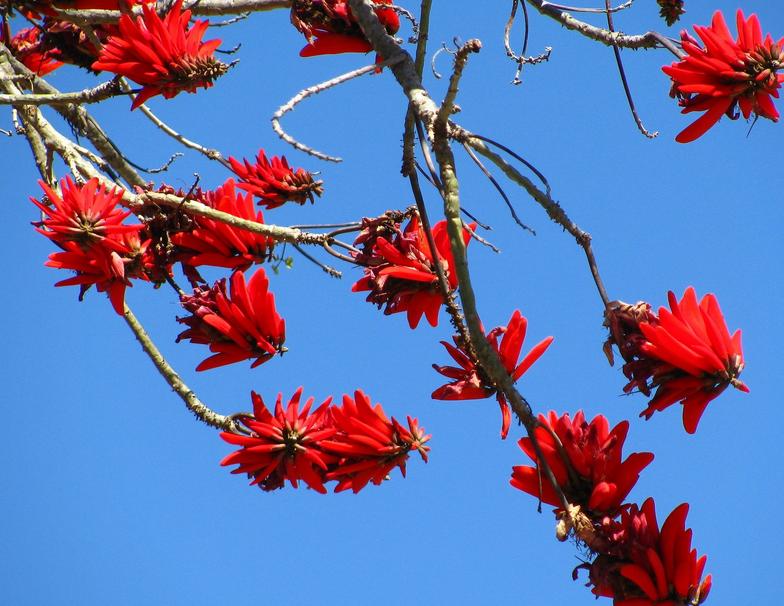 | ||||
Home
The Brentwood Residents Coalition is a grass roots, non-profit advocacy group whose purposes are to preserve and enhance the environment and quality of life in Brentwood, to protect the integrity of residential neighborhoods, to assist with planning, to uphold zoning and municipal codes, to encourage traffic safety, and to educate the public on issues that affect quality of life and the environment.
P.O. Box 491103 o Los Angeles, CA 90049 o T: 310.476.1383 o F: 310.476.2604 o E: BRC90049@aol.com
© 2011 Brentwood Residents Coalition. All Rights Reserved.
Click here to submit your e-mail address to receive e-mail alerts from the
Brentwood Residents Coalition.
Bus Bench Program
August 19, 2011: The Los Angeles City Council approved a City-Wide Bus Bench Program authorizing a private contractor to install bus benches throughout the City with commercial advertising affixed to the benches. The BRC opposed the Program as initially drafted because it would have allowed ”off-site” commercial advertising within the public rights of way in scenic and historic areas. The BRC initiated a wide-spread public outreach effort asking that the Program be amended to prohibit such advertising in scenic and historic areas protected by zoning and other laws. The City Council passed Councilmember Bill Rosendahl’s motion precluding advertisements on Bus Benches in such protected areas.
Mulholland Bridge Realignment
February 24, 2011: The BRC joined a broad coalition in opposing Metro’s proposal to realign Mulholland Drive by moving the Mulholland Bridge and linking it to Skirball Center Drive and simultaneously widening Skirball Center Drive into the hillside without environmental review of these projects’ potentially significant adverse impacts on the environment, including traffic, bicycle and pedestrian safety, aesthetic and wildlife impacts. See the BRC/Canyon Back Alliance letter.
Clean Hands Ordinance
August 3, 2011: In September 2010, the BRC began a campaign to encourage the City of Los Angeles to enact a “clean hands” land-use ordinance, which would preclude issuance of land-use permits for properties that are out of compliance with code. In June 2011, Los Angeles City Councilmember Dennis Zine introduced a package of reforms for the Department of Building and Safety to prevent fraud and abuse, including a motion to implement a “clean hands” ordinance, recognizing that “Once a project has violated the law, and issued a stop work order permit, they should not be allowed to continue the project on any level without first complying with their initial violation.” On August 3, 2011, the BRC testified before the City Council’s Audits & Governmental Efficiency Committee to support Councilmember Zine’s motion and recommended language necessary to implementing an effective clean hands policy.
Baseline Hillside Ordinance
March 4, 2011: The Los Angeles City Council voted to pass the Baseline Hillside Ordinance, which became effective on May 9, 2011.
This photo was taken following the vote by City Council to pass the Baseline Hillside Ordinance. Shown in this photo: Mark Stratton, Wendy-Sue Rosen, Councilmember Bill Rosendahl, Lois Becker, Don Keller.
Brentwood Residents Coalition Alerts
Mulholland Bridge 1960
Draft City-Wide Sign Ordinance Lacks Needed Protections
October 1, 2011: The BRC, working with a coalition of community organizations, including the Coalition to Ban Billboard Blight, has asked the Planning Department to revise the draft Sign Ordinance to create a buffer between off-site billboards and Parks & Recreational Facilities, Schools, Scenic and Historic Areas, Specific-Plan and other protected and sensitive-use areas, as well as implement restrictions that will reduce commercial blight.
The final EIR has been released for the “Green Hollow Square” project on San Vicente Blvd. in Brentwood—the site of the Barry Building, a designated Historic-Cultural Monument. The Barry Building is one of the few distinguished Mid-Century Modern commercial retail buildings remaining in Southern California and its preservation is critical to our shared cultural history. And the experts agree!
The Barry Building in 2012 is a functional and successfully operating retail complex, with a sophisticated mid-century modern design and its signature courtyard.
But the developer’s “preferred” alternative would require demolition of the Barry Building and, because of the proposed project’s massive scale, traffic engineers have concluded that it will also be necessary to cut through a beautiful stretch of the Coral Tree-lined San Vicente Median—an aesthetic jewel that is protected by the San Vicente Scenic Corridor Specific Plan—and the removal of many Coral Trees along the median, which are also designated as an Historic-Cultural Monument. Never before have cuts to the San Vicente Median been made midblock to facilitate access to and from a private commercial development—a precedent that would degrade and eventually eliminate the Coral Tree-lined Median as future developers are provided the same accommodation. But instead of demolishing the Historic Barry Building, cutting into a beautiful stretch of the Coral Tree Median, and removing our treasured Coral Trees, a realistic preservation alternative would avoid these impacts and still allow the developer to build a profitable but properly-scaled shopping center.
BRC Supports Preservation of Historic Barry Building & Coral Tree Median
April 9, 2012: The BRC joins the City’s Cultural Heritage Commission, the City’s Office of Historic Resources, Councilmember Bill Rosendahl, the Los Angeles Conservancy, Saltair Neighbors, and 1000s of residents in seeking the preservation and integration of the Barry Building into the project, without the need for cuts into the protected San Vicente Coral Tree Median. Click here for Petition Letter.













